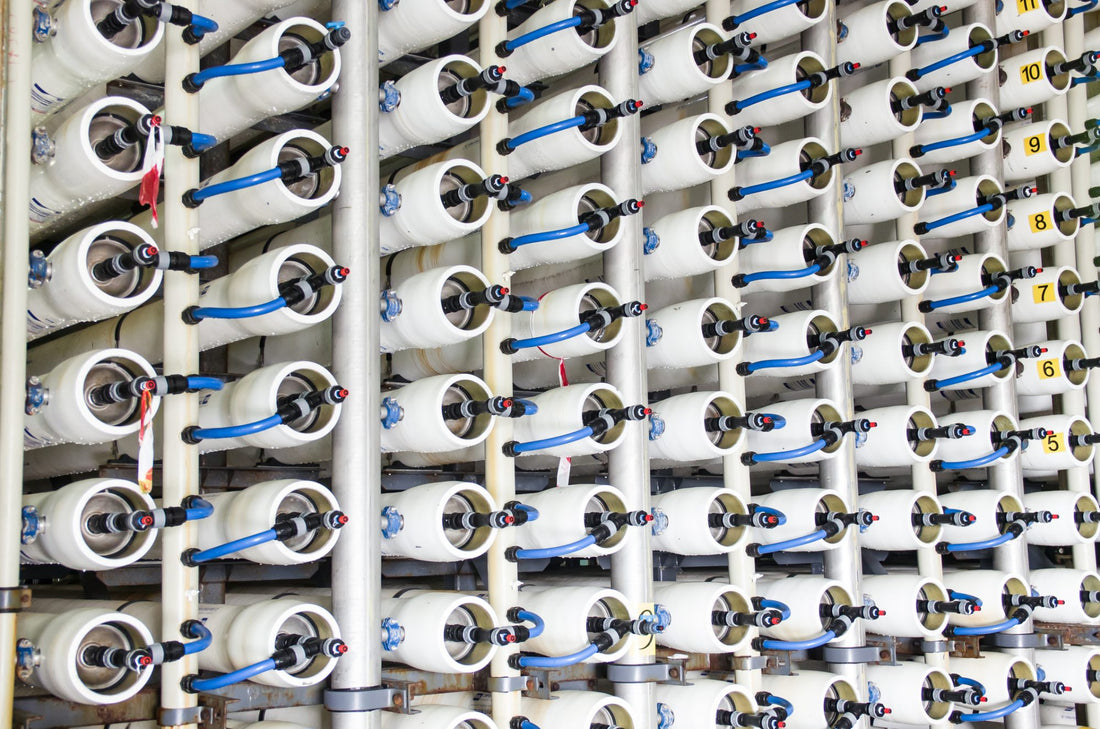In recent years, the field of desalination has witnessed significant advancements, particularly in electro-desalination techniques. Electro-desalination refers to the process of removing salt and other impurities from water using electrical energy.
Electro-desalination has gained attention as a promising solution to address the growing global water scarcity issue. Traditional desalination methods, such as reverse osmosis and thermal distillation, are energy-intensive and often involve high operational costs. Electro-desalination offers a more efficient and cost-effective alternative.
Electro-desalination processes
-
Electrodialysis: One of the most widely used electro-desalination techniques is electrodialysis. It involves the use of ion-exchange membranes to separate salt ions from water under the influence of an electric field. This method has proven effective in desalinating brackish water and has the potential to be scaled up for large-scale seawater desalination.
-
Capacitive deionization: Another prominent technique is capacitive deionization, which employs porous electrodes to remove ions from water. The ions are adsorbed onto the electrode surface and can be released by reversing the electrical polarity. Capacitive deionization shows promise for low-salinity water treatment and is being explored for various applications, including water softening and resource recovery.
-
Membraneless electro-desalination: A recent development in electro-desalination involves eliminating the need for ion-exchange membranes altogether. Researchers are investigating novel approaches such as ion concentration polarization and electrosorption, which rely on specific electrochemical phenomena to achieve desalination. These membraneless systems hold potential for enhanced efficiency, reduced fouling, and simplified maintenance.
Future Prospects
-
Energy efficiency: Ongoing research aims to improve the energy efficiency of electro-desalination processes. This involves the development of advanced materials, optimization of system design, and integration with renewable energy sources. These efforts can contribute to sustainable desalination solutions with reduced environmental impact.
-
Scale-up and cost reduction: The scalability and cost-effectiveness of electro-desalination technologies are crucial for widespread adoption. Researchers are exploring innovative manufacturing techniques, such as 3D printing, to produce cost-efficient electrochemical cells. Additionally, advancements in electrode materials and system engineering hold promise for reducing capital and operational costs.
-
Integration with other technologies: Electro-desalination can synergize with other technologies to enhance overall water treatment efficiency. Integration with solar desalination systems, water purification membranes, or advanced oxidation processes can lead to hybrid systems with improved performance and versatility.
Conclusion
Electro-desalination represents a significant advancement in the field of desalination, offering energy-efficient and cost-effective solutions for addressing water scarcity. With ongoing research and development, electro-desalination techniques are expected to play a vital role in providing clean and accessible water resources in the future. By continuously pushing the boundaries of innovation, we can overcome the challenges associated with water scarcity and ensure a sustainable future for all.
Extracted From: Cao, Guangzhong, et al. "Electro-desalination: State-of-the-art and prospective." Advanced Membranes 3 (2023): 100058. https://www.sciencedirect.com/science/article/pii/S2772823422000343


